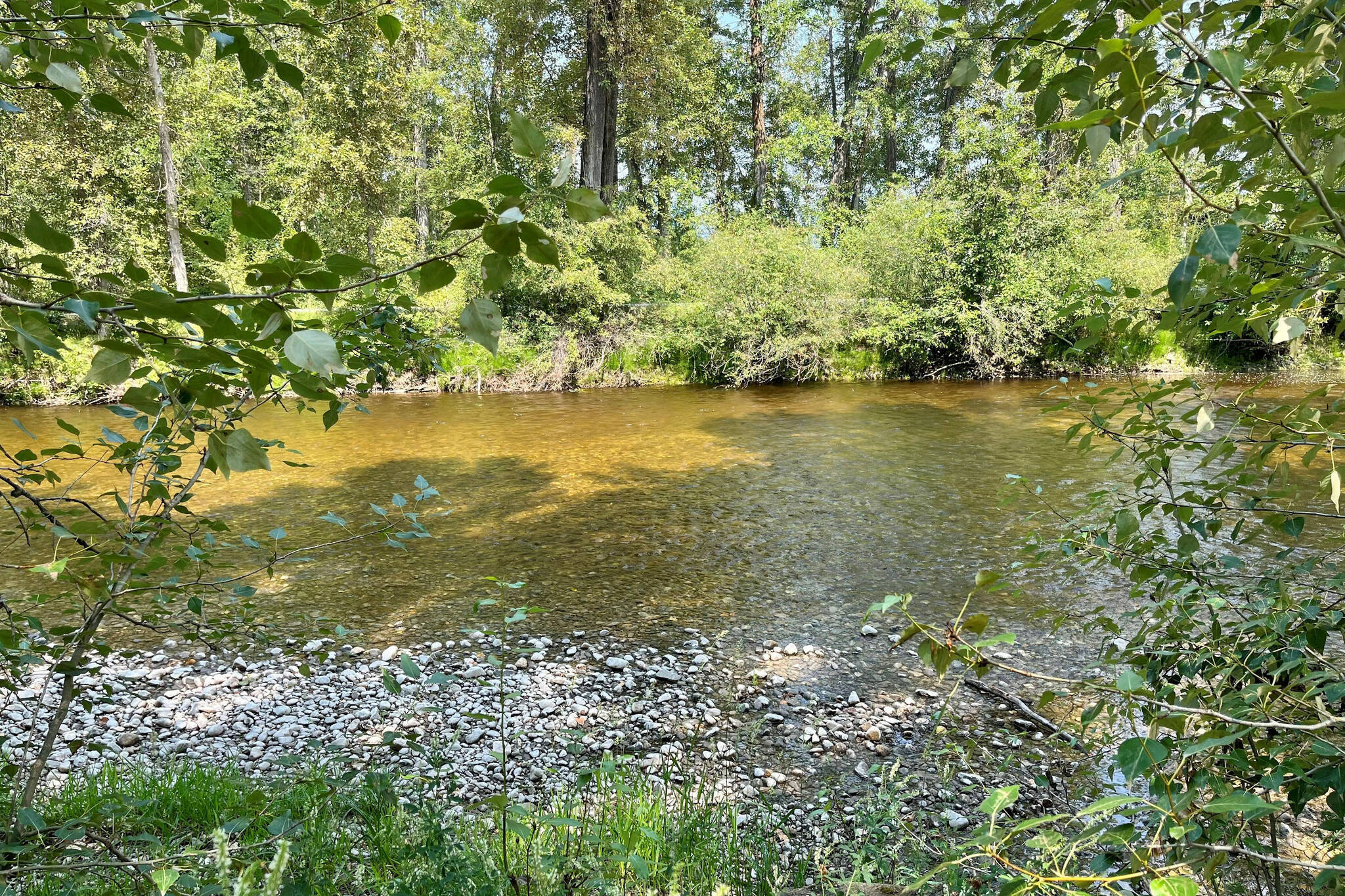The provincial government has moved the Okanagan to Drought Level 3.
The announcement came on July 11 as a result of lack of precipitation, declining streamflows, rising water temperatures and forecasts for above normal temperatures this summer.
The province ranks drought levels from 0 to 5, with Drought Level 5 as the most severe.
At present, drought levels have been Severely Dry (Drought Level 3) or Extremely Dry (Drought Level 4) for most of the province.
READ ALSO: British Columbians urged to follow fire restrictions, report wildfires
READ ALSO: Okanagan watershed drought rating elevated
“Everyone is responsible to do their part to conserve water and reduce the risk of negatively affecting the environment and other water users,” a statement from the Okanagan Basin Water Board read.
Record-setting warm temperatures this spring resulted in an early freshet. In addition, precipitation has been lower than average in many areas. The scattered showers and cooler temperatures in June were not enough to overcome the precipitation deficit from previous months.
The long-term forecast is for above-normal temperatures this summer.
The June 30 information from the Canadian Drought Monitor through Agriculture and Agri-Food Canada also shows dry conditions in British Columbia.
“At the end of the month, 83 per cent of the Pacific Region was considered Abnormally Dry (D0) or in Moderate to Extreme Drought (D1 to D3), including 97 per cent of the region’s agricultural landscape,” a statement from the Canadian Drought Monitor read.
Penticton had its driest June on record, while Kelowna had its second-driest June on record.
Many streamflows are at the lower end of the historical range for this time period and water temperatures are increasing, which can be lethal for fish. Water purveyors with upstream storage should closely follow their release schedule requirements to avoid low flows downstream. Flows in some streams can change rapidly during hot, dry conditions.
People and businesses in affected areas are being urged to reduce water use wherever possible and observe all watering restrictions from their water purveyor.
To report a typo, email:
news@summerlandreview.com.
news@summerlandreview.com
Like us on Facebook and follow us on Twitter.

